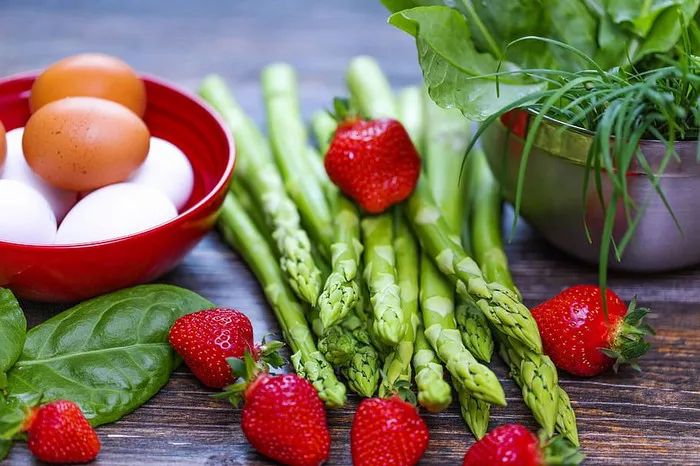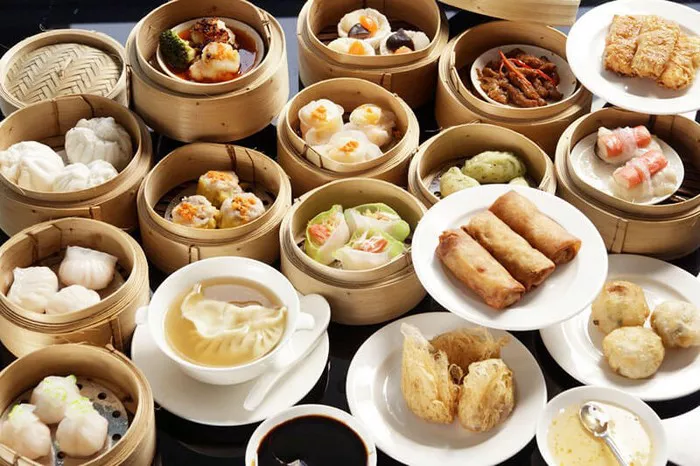Steam dumplings, known for their delicate skins encapsulating flavorful fillings, are a culinary delight enjoyed across various cultures. Whether you crave the succulent taste of pork and cabbage, the freshness of shrimp and chive, or the wholesome goodness of vegetable fillings, mastering the craft of making steam dumplings elevates your culinary prowess. In this guide, we delve into the meticulous process of crafting these delectable morsels, from dough preparation to steaming methods, ensuring each step is executed with precision and care.
Dough Preparation:
1. Ingredients:
The foundation of any steam dumpling lies in its dough, which serves as the vessel for its flavorful filling. When selecting flour, consider the texture you desire. All-purpose flour yields a standard dough with a balance of elasticity and tenderness. For a chewier texture, opt for bread flour, while gluten-free blends cater to dietary restrictions without compromising taste.
2. Mixing and Kneading:
Achieving the perfect dough consistency is paramount. Begin by combining flour and water gradually, mixing until a shaggy dough forms. Knead the dough on a lightly floured surface, using the heel of your palm to stretch and fold, until it becomes smooth and elastic. This process develops gluten, providing structure and elasticity to the dough.
3. Resting the Dough:
Resting the dough allows gluten strands to relax, resulting in a softer, more pliable texture. Cover the dough with a damp cloth or plastic wrap and let it rest for at least 30 minutes. This period also enhances the dough’s extensibility, making it easier to roll out thinly without tearing.
Filling Options:
1. Variety:
The beauty of steam dumplings lies in their versatility. From traditional pork and cabbage to innovative combinations like shrimp and chive or vibrant vegetable fillings, the options are endless. Experiment with different ingredients to cater to diverse tastes and dietary preferences.
2. Seasoning:
Balancing flavors is key to creating a harmonious filling. Incorporate a combination of savory, umami-rich, and aromatic ingredients such as soy sauce, sesame oil, ginger, and garlic. Taste the filling mixture and adjust seasoning accordingly to achieve the desired flavor profile.
3. Preparation Techniques:
Preparation is crucial for ensuring the filling cooks evenly and retains its moisture. Finely chop vegetables and protein components to ensure even distribution and a consistent texture. Marinate meat fillings to infuse them with flavor and tenderize tougher cuts.
Folding Techniques:
1. Step-by-Step Instructions:
Mastering folding techniques is essential for creating beautifully pleated dumplings. Start with a small portion of dough and roll it into a thin circle. Place a spoonful of filling in the center, then fold and pleat the edges to seal the dumpling. Practice different folding styles, such as half-moon, crescent, or purse-shaped, to add visual appeal to your creations.
2. Variations:
Get creative with your folding techniques to showcase your culinary artistry. Explore different shapes, such as triangular, round, or even animal-inspired designs, to delight both the eyes and the palate. Experiment with various pleating styles, from simple crimps to intricate pleats, to elevate the presentation of your dumplings.
3. Tips for Sealing:
To prevent dumplings from opening during cooking, ensure a secure seal. Apply a small amount of water or egg wash along the edges of the dough before folding to act as a glue. Press firmly to seal the edges, ensuring there are no air pockets trapped inside. If any openings occur, gently press and reshape the dumplings before steaming.
Steaming Methods:
1. Equipment:
Selecting the right steaming equipment is essential for achieving optimal results. Traditional bamboo steamers provide gentle, even heat distribution, imparting a subtle aroma to the dumplings. Metal steamers offer durability and versatility, while improvised methods such as using a pot with a steaming rack or a multi-tiered electric steamer offer convenience.
2. Water Temperature and Timing:
Maintaining the correct water temperature and steaming time is crucial for ensuring perfectly cooked dumplings. Bring the water to a gentle boil before placing the dumplings in the steamer, ensuring it does not touch the bottom of the basket. Steam the dumplings for the recommended time, typically 8 to 10 minutes for small dumplings and 12 to 15 minutes for larger ones, until they are cooked through and the wrappers are translucent.
3. Tips for Preventing Sticking:
To prevent dumplings from sticking to the steamer, line the steamer basket with cabbage leaves, parchment paper, or lightly oiled bamboo or metal racks. Ensure there is enough space between the dumplings to allow steam to circulate freely. Avoid overcrowding the steamer, as this can lead to uneven cooking and sticking.
Conclusion
In conclusion, mastering the art of steam dumplings requires patience, practice, and attention to detail. By following these comprehensive steps, from dough preparation to steaming methods, you can create restaurant-quality dumplings in the comfort of your own kitchen. So gather your ingredients, roll up your sleeves, and embark on a culinary journey that will delight your taste buds and impress your guests.

























